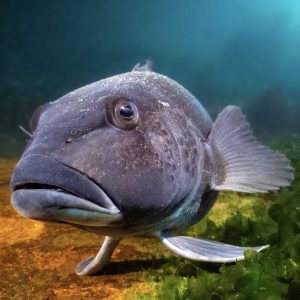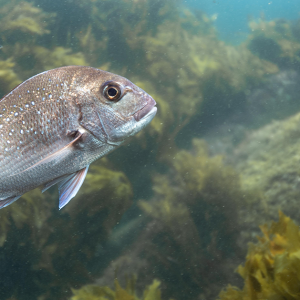Nathan Guy, the Minister for Primary Industries, has announced his decisions for the future management of five South Island fish stocks including bluenose, snapper, paua, John dory and jack mackerel. The decisions are a mixed bag, with cuts to commercial catch limits for bluenose, jack mackerel and paua, and increases for John dory and snapper. The changes apply from October 1st, the start of the new commercial fishing year.
Bluenose over exploited
Bluenose stocks are in trouble and need rebuilding. Restoring long-lived, low productivity species such as bluenose takes time. The rebuild requires aggressive catch reductions to allow older fish to become more common in the population. In July we recommended a 44 percent cut to the commercial catch limit. The Minister has applied a 18 percent reduction from October.
Southern snapper
Commercial catches of snapper around the top and west coast of the South Island have been maintained even though the fishery remains below the management target level. This is what we call a state of sustainable depletion. In July we rejected the proposed Total Allowable Commercial Catch (TACC) increase, from 200 to 250 tonnes. The Minister has agreed to this increase on the back of the Ministry’s recommendation.
Precious paua
It was pleasing to be able to support the paua industry and MPI in advocating for cuts to commercial harvesting of paua around the top and west coast of the South Island. In our submission we acknowledged the conservative management option ‘3’, to reduce the commercial catch limit by 60 percent. This was a prime opportunity to rebuild a prized (taonga) species. In August MPI changed their advice and recommended a 50 cut instead. It is disappointing the Minister followed the Ministry’s advice. The 50 percent reduction applies from October.
John dory in trouble
John dory in Tasman and Golden Bay is showing signs of growth overfishing. That means that catches are being maintained due to the prevalence of small fish just old enough to be caught legally. This is an unhealthy way to manage a fishery and we advocate more precautionary management is required. We totally reject the 27 percent TACC increase as it goes against all reasonable expectations and environmental principles.
Jack mackerel changes long overdue
In 1994 the TACC for Jack mackerel 3, around the east and southwestern coasts of the South Island, was increased on the basis that catch and species monitoring would improve. Since then Chilean jack mackerel numbers have declined and the NZ species are under pressure in some areas. The 1994 agreement has been utterly ignored.
In July we offered conditional support for the Ministry’s proposal to halve the TACC on the condition that Chilean jack mackerel is made a separate quota species from the two NZ species. The Minister has agreed to halve the TACC, but no effort has been made to split the species so more targeted management could be applied.
In southern waters where pilchard and anchovy are less common, jack mackerel provide that crucial link in the food chain between plankton and larger predators so it is important there are plenty of mackerel available to sustain those hungry raiders.





